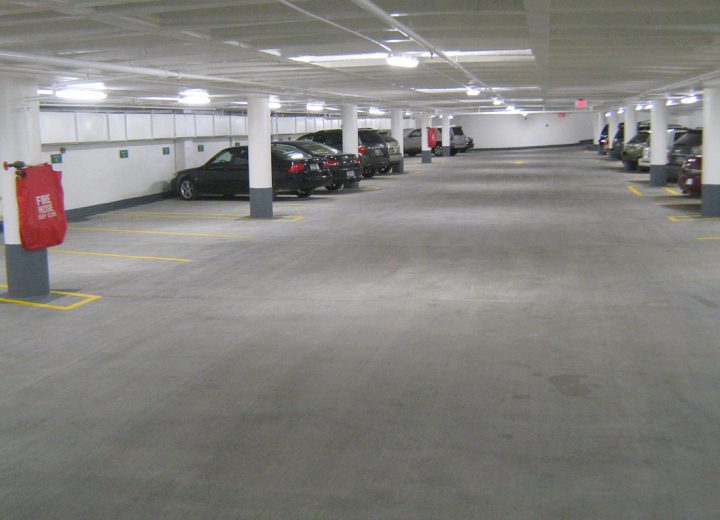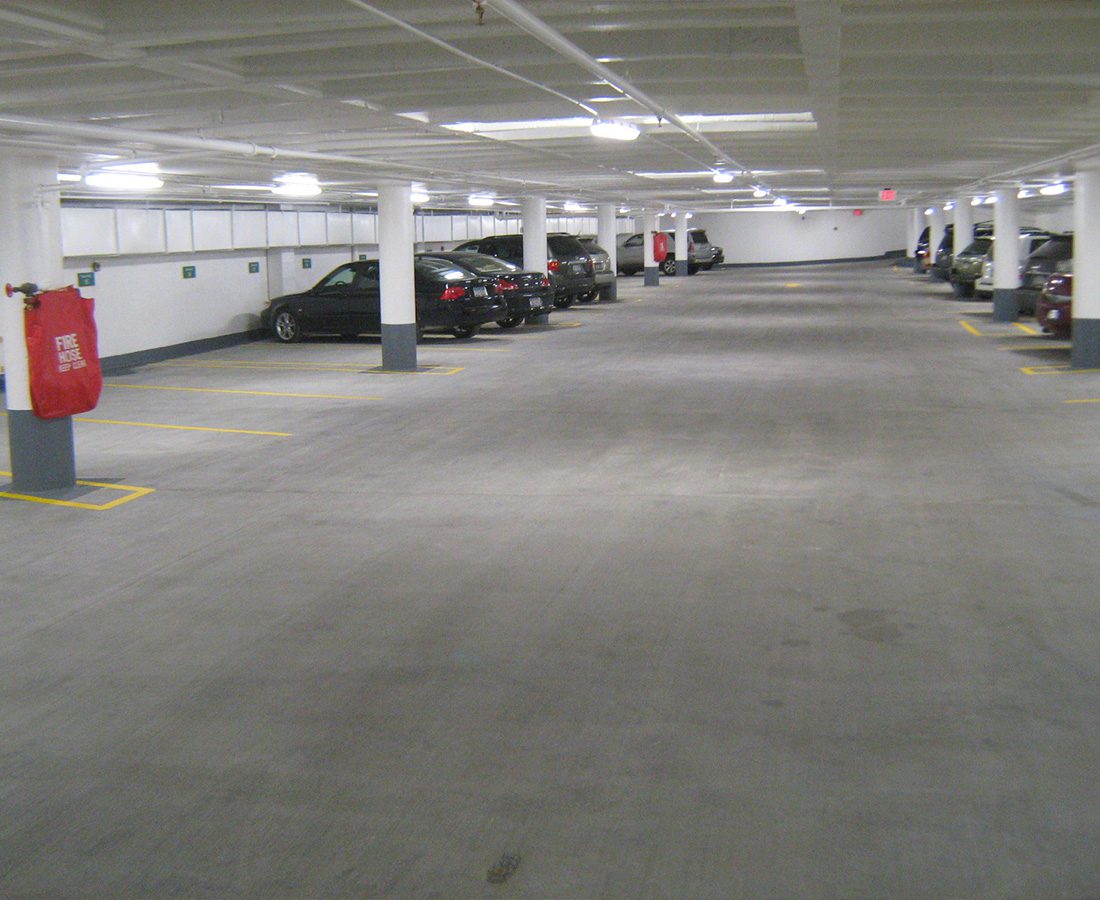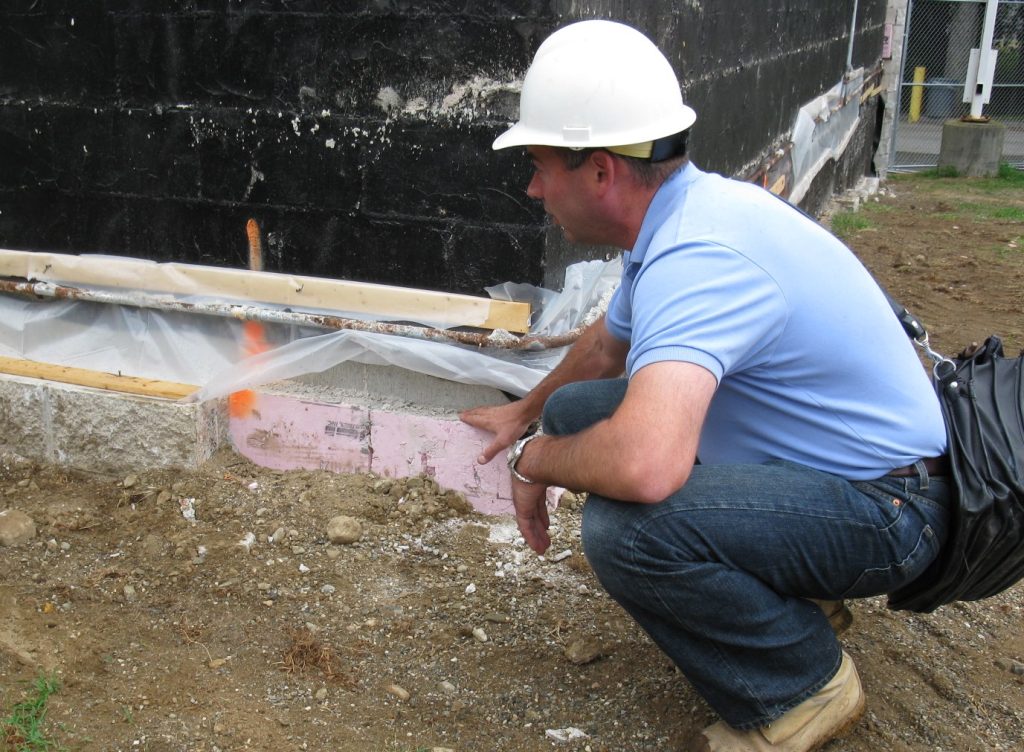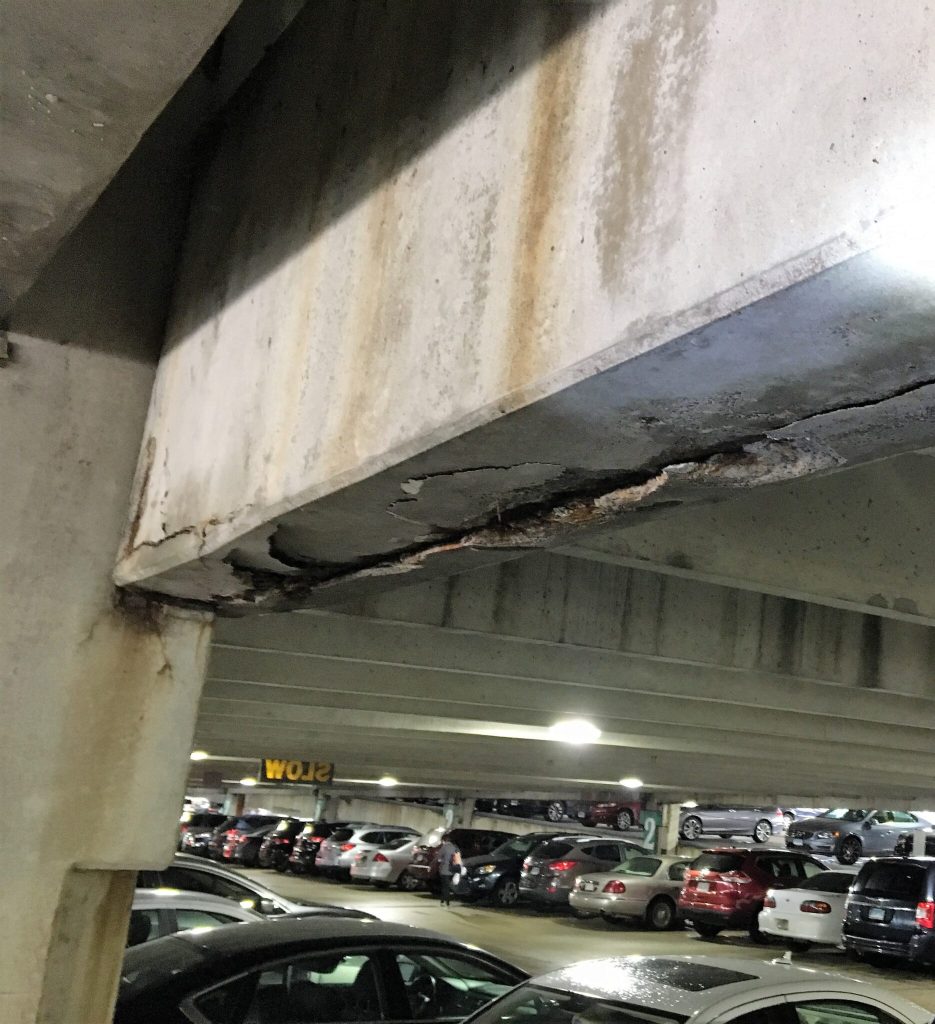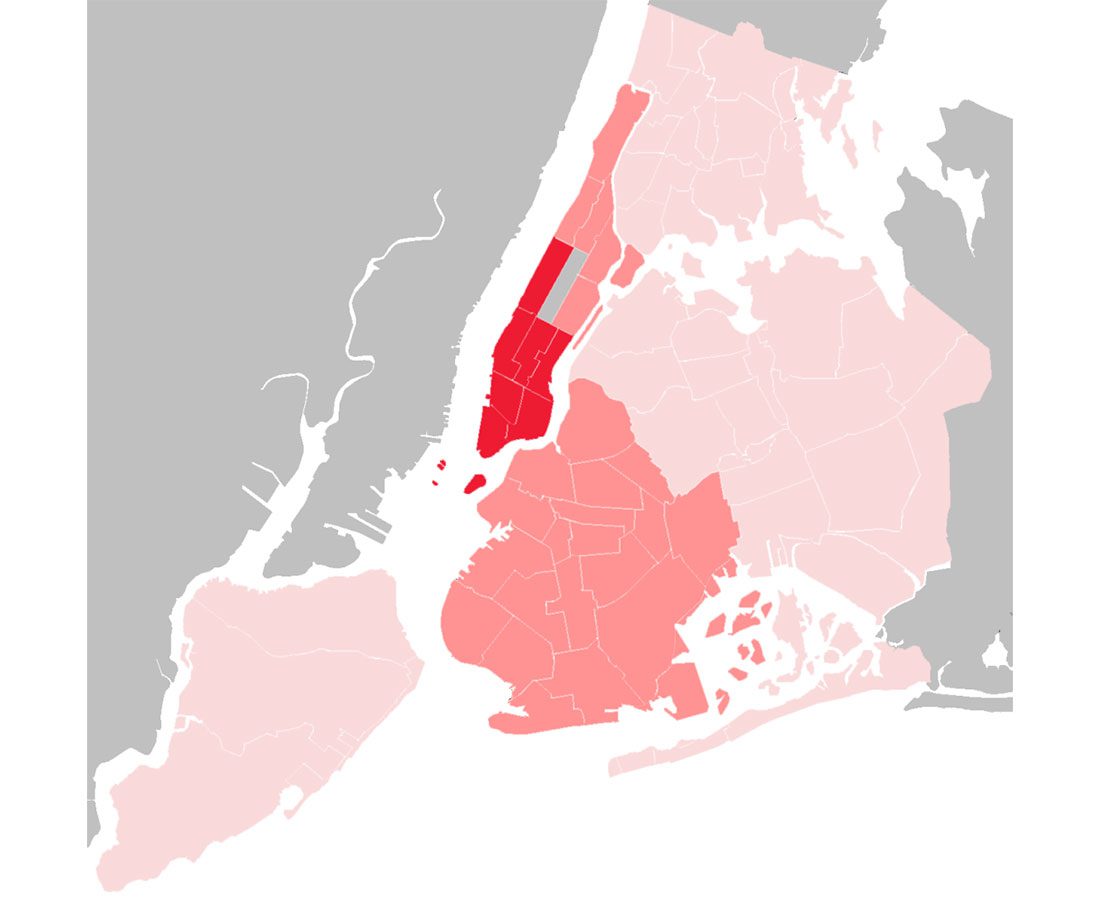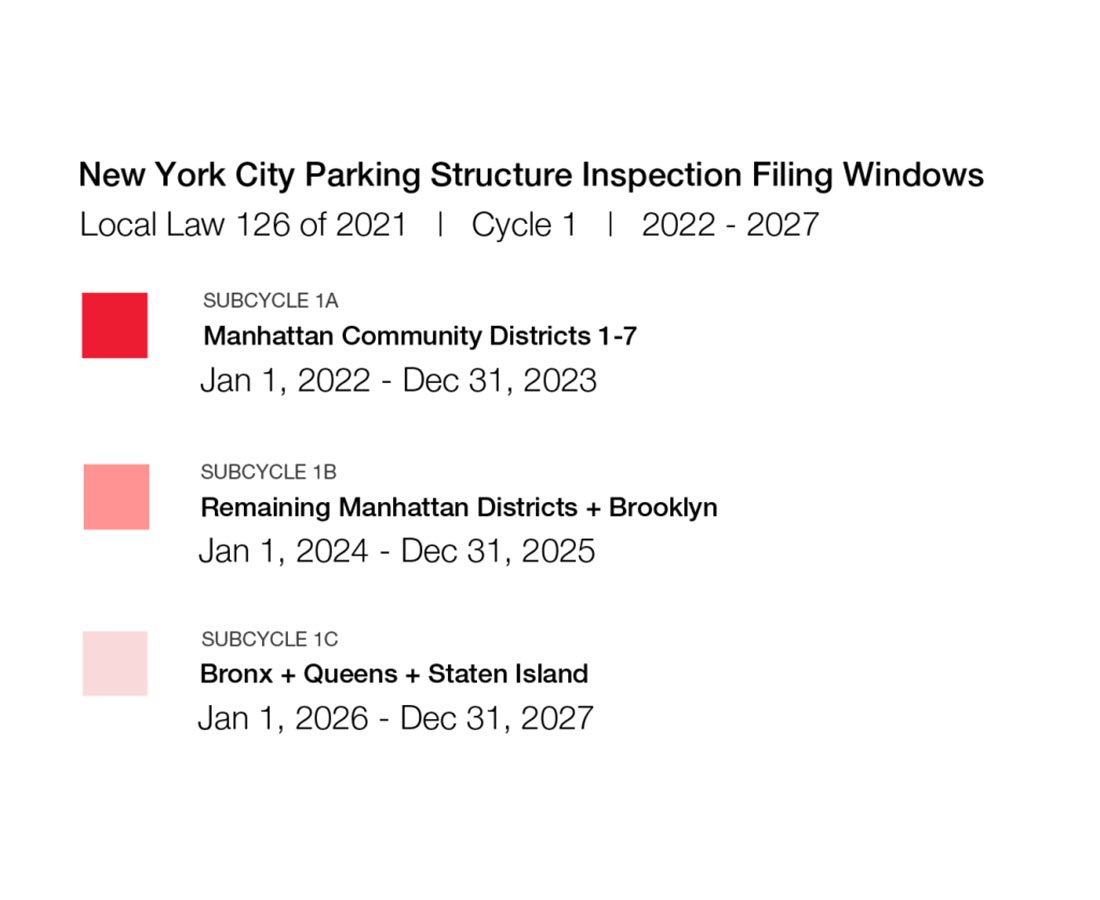How to Comply with NYC Local Law 126 Parking Garage Inspection Rules
Note: The NYC Department of Buildings made changes to this Rule, effective November 23, 2023. Learn More ➡
Effective January 1, 2022, New York City requires garage owners to retain a specially designated professional engineer to conduct an assessment and file a report at least once every six years.
Why is the City requiring parking garage inspections?
In 2018, New York State enacted a rule requiring periodic condition assessments, performed by a professional engineer, of all parking structures state-wide – except in New York City. Exempt from the state code, NYC developed its own rules for keeping garages and their appurtenances safe and well-maintained. With the passage of Local Law 126 of 2021 and RCNY §103-13, NYC has codified the requirements of this ambitious safety initiative.
Who must perform the inspection?
A Qualified Parking Structure Inspector (QPSI) has to evaluate the garage and file the report. A licensed engineer with at least three years of parking structure experience, a QPSI earns certification from NYC Department of Buildings (DOB) Parking Structure Unit.
